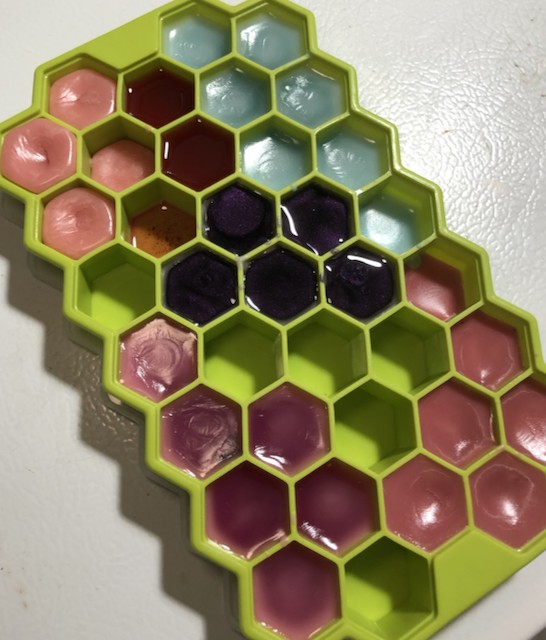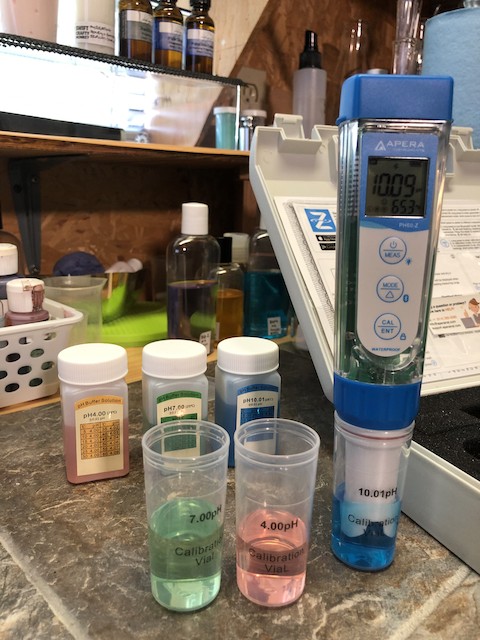Chemistry Thursday: Introduction to esters, part 30
Welcome back to this introduction to cosmetic chemistry course! We’ve had great fun for the last few months looking at carboxylic acids as fatty acids, but it’s time to meet some esters! Woo hoo! This is a pretty huge post as I wanted to have something to which I can refer back in the future....


